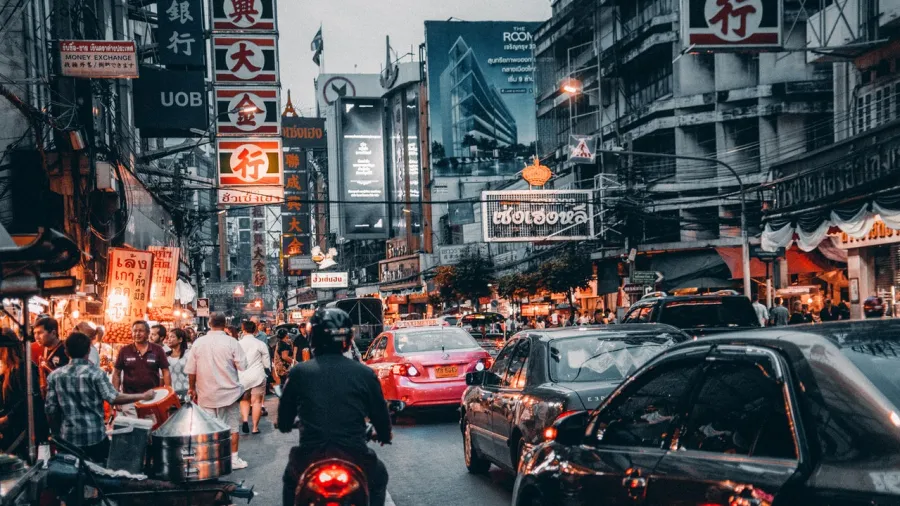
Relaxed regulation heightens Thailand banks’ systematic risks: S&P
NPL ratio is expected to rise to its highest since the 2009 financial crisis.
Thai banks face rising systematic risks as the central bank continues to remain lenient with its regulatory norms, particularly with the ongoing relaxation of loan classifications, reported S&P Global Ratings.
In its latest banking industry country risk assessment for Thailand, S&P warned that the relaxed regulations will only prolong the recognition of underlying problem loans for the Thai banking system. This, in turn, will lead balance sheets to become less transparent.
“The lax relief measures and the recent extension of relaxed loan classification norms to end 2023 could further distort the Thai banking industry's impaired loan ratio. Therefore, we view the industry risk as having risen,” S&P said.
S&P clarified that it views Thailand's regulation and supervision of its banking system as adequate. “But, in our view, some gaps remain in the regulation and supervision of credit cooperatives and specialized financial institutions, despite these entities' rapid growth and interconnectedness with the banking system,” the ratings agency indeed.
As a result, S&P now expects the average nonperforming loan (NPL) ratio of Thai banks to rise gradually and peak at 6% next year—the highest since the 2009 Global Financial Crisis. Credit losses are estimated to remain steep at 1.7% in 2021, from 1.2% in 2019.
Whilst the current relaxation will likely be temporary, and unlikely to be extended beyond 2023, it may still lead to an increase in risk for the banking system. Thailand, like other countries in the region, has provided relief measures to its banks. However, the amount of loans covered under the relief measures is amongst the highest in APAC, the ratings agency noted.
Whilst these numbers are comparable with that of Malaysia and Indonesia, they are still high compared to other APAC countries, where repayment moratoriums have fallen below 5% of system loans.
Further exacerbating the situation is that Thailand is one of the few countries in APAC that relaxed the loan classification norms, and did so for an extended period. In residential mortgages, Thai banks have higher loan-to-value ratios than some of their regional counterparts.
The latest wave of COVID-19 infections will also put pressure stress in the sector and mould into the shape of problem loans.
“We expect asset quality may be worse than our base case, especially after the unwinding of forbearance measures,” S&P said.
Elevated credit costs and lower margins, partly tempered by cost control measures, will also keep the banking system's profitability below its long-term average.
On the other hand, Thailand's competitive dynamics should remain stable over the next two years, according to S&P, and the banking sector's funding profile will remain largely unchanged during this period.


















 Advertise
Advertise








